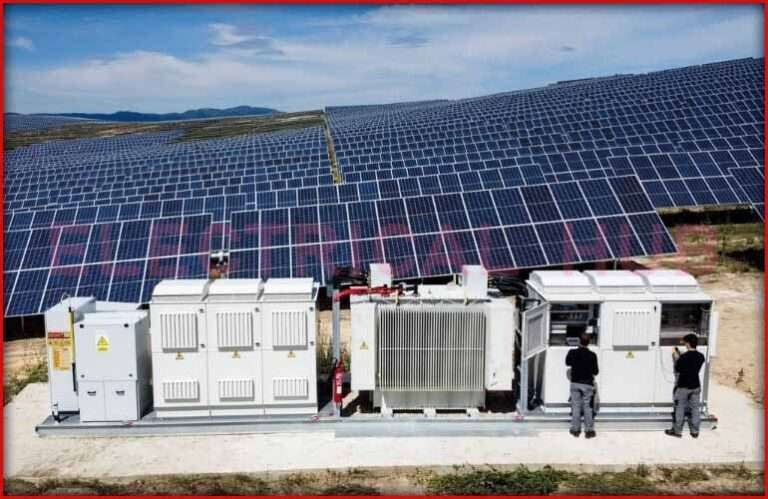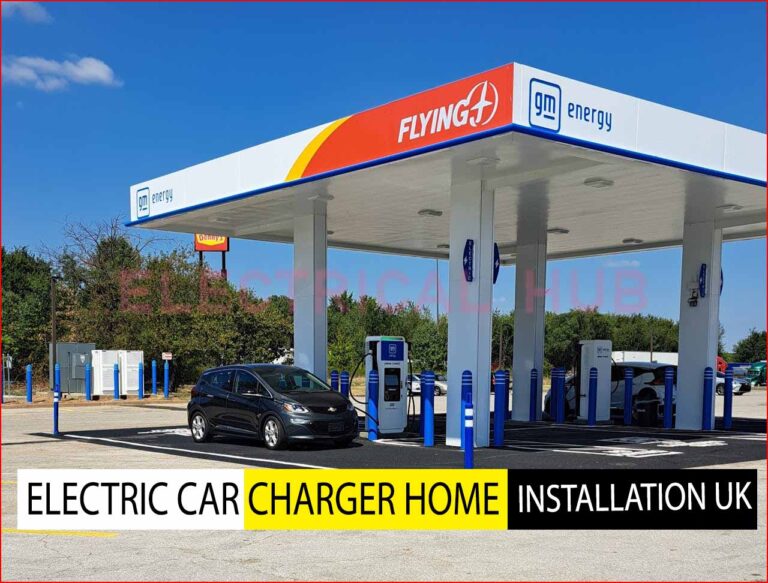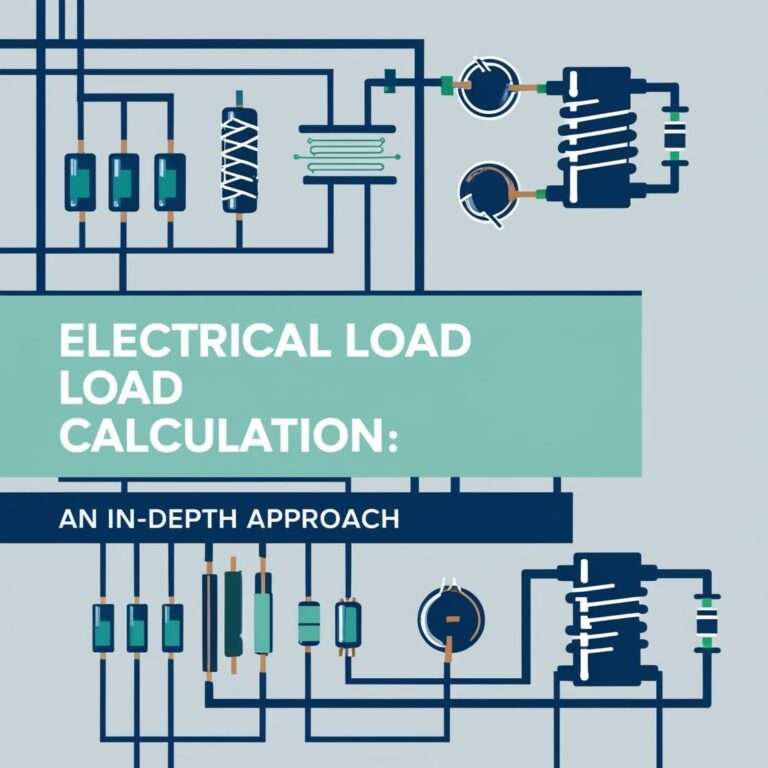Demand Factor for Electric Vehicle Charging Stations
As electric vehicles (EVs) become more common, the need for infrastructure to support them grows. One of the key aspects to consider when designing and installing electric vehicle charging stations is the “demand factor.” Understanding the demand factor for electric vehicle charging stations is crucial for ensuring that the right amount of electricity is available to meet the needs of both consumers and the electric grid.
This article delves into the importance of demand factors, how they are calculated, and the standards related to electric vehicle charging stations. We will explore the technical details of how demand factors affect the operation and design of charging stations.
What is Demand Factor for Electric Vehicle Charging Stations?
The demand factor for electric vehicle charging stations refers to the ratio of the maximum demand of the charging station to the total connected load. This is a crucial measurement because it helps in determining how much electrical capacity is required to efficiently supply power to the charging infrastructure. The demand factor reflects the fact that not all charging stations will operate at full capacity all the time.
In practical terms, demand factors take into account usage patterns, which are influenced by several factors including the type of charging station (Level 1, Level 2, or DC fast charging), the time of day, the number of vehicles in a given area, and how often vehicles are being charged. The demand factor helps in designing a system that can handle peak loads without excessive overbuilding of the infrastructure.
Factors Affecting Demand Factor for Electric Vehicle Charging Stations
The demand factor for electric vehicle charging stations is affected by multiple factors. Some of the most important factors include:
Type of Charging Station: Level 1 chargers generally draw less power than Level 2 and DC fast chargers. This is one reason why the demand factor will vary based on the type of station.
Number of Charging Points: A station with more chargers may have a higher demand factor due to simultaneous usage by multiple vehicles.
Usage Pattern: The demand factor will be different for a residential EV charging station compared to a public charging station. Public stations, for example, may experience higher demand during peak hours, such as after work hours.
Charging Time: Charging time also plays a role in determining the demand factor. A longer charging session may require a more significant energy draw, leading to higher demand at certain times.
Vehicle Type: Some electric vehicles have larger batteries and require more energy to charge. This influences the demand factor for stations designed to accommodate such vehicles.
Calculating the Demand Factor for Electric Vehicle Charging Stations
Calculating the demand factor for electric vehicle charging stations involves two key variables: the connected load and the maximum demand.
Connected Load: This refers to the total amount of power (in kilowatts or megawatts) that the charging station is capable of delivering. It is the sum of the individual power ratings of all the chargers within the station.
Maximum Demand: This is the highest level of power consumption experienced by the charging station during a given period, typically measured during peak times.
The demand factor is calculated using the following formula:

For example, if a charging station has a total connected load of 100 kW, but during peak usage, it only experiences a maximum demand of 80 kW, the demand factor would be:

A lower demand factor indicates that the charging station is not utilizing its full capacity at all times, which could imply an opportunity for more efficient operation or the possibility of scaling back the installed capacity.
Importance of Demand Factor in Design and Operation
Understanding the demand factor is essential when designing and operating electric vehicle charging stations. If the demand factor is not correctly accounted for, the charging station might either be overbuilt or underbuilt, leading to inefficiencies or inadequate service.
Overbuilding and Underbuilding
If a charging station is overbuilt—meaning the electrical capacity exceeds the necessary demand—it can result in higher installation and maintenance costs. This would also mean that much of the infrastructure remains underutilized, which is not cost-effective.
On the other hand, underbuilding can lead to issues where the infrastructure cannot meet the peak demand. This might cause the chargers to operate slowly or become inaccessible during high-demand times, ultimately affecting customer satisfaction and the overall viability of the charging station.
Optimizing Electricity Distribution
By understanding the demand factor, charging stations can also optimize their electricity distribution. This allows for better planning regarding energy procurement and load management, ensuring that electricity is available when needed most, without overwhelming the grid. Optimizing the demand factor ensures that the charging station remains operational under all conditions while minimizing wasteful energy usage.
Reducing Operational Costs
An accurate demand factor assessment helps in reducing operational costs. For instance, stations can implement smart charging systems that adjust charging rates based on real-time demand, helping to balance the load on the electric grid and reduce energy costs. These systems can also incentivize off-peak charging, reducing the demand during peak hours.
Related Standards for Demand Factor in Electric Vehicle Charging Stations
There are several standards that apply to the demand factor for electric vehicle charging stations, which guide the installation and design of these systems. These standards are essential for ensuring safety, efficiency, and reliability.
National Electrical Code (NEC) and Demand Factors
The National Electrical Code (NEC) is a key standard for the design and installation of electrical systems, including EV charging stations. In terms of demand factors, NEC provides guidelines on the maximum allowable demand for charging stations and offers recommendations on how to size electrical equipment. For example, the NEC’s Article 625 covers the requirements for electric vehicle charging systems and suggests guidelines for determining the demand factor based on the type of installation.
SAE J1772 Standard
The Society of Automotive Engineers (SAE) J1772 standard is crucial for the design of Level 1 and Level 2 electric vehicle charging stations. Although it primarily focuses on the connectors and charging protocols, it also includes considerations for power usage and demand factors. Understanding this standard is critical when determining the power needs for different types of charging stations.
ISO 15118
ISO 15118 is an international standard that addresses communication between electric vehicles and charging stations. This standard helps optimize the charging process, ensuring that stations communicate effectively with vehicles to manage energy usage. By optimizing how and when vehicles charge, the demand factor can be further adjusted for efficiency.
IEC 61851
IEC 61851 is another international standard related to the safety and performance of electric vehicle charging systems. This standard provides technical specifications and safety guidelines for the installation and operation of charging stations. As such, it is also indirectly relevant to determining the demand factor for a charging station, ensuring that energy is distributed in a safe and efficient manner.
Conclusion
The demand factor for electric vehicle charging stations is a critical consideration for both the design and operation of EV infrastructure. By understanding and calculating the demand factor, it becomes possible to optimize the installation of charging stations, ensuring that they meet demand without wasting resources.
To accurately calculate and plan for these factors, the use of standards such as NEC, SAE J1772, ISO 15118, and IEC 61851 provides the technical basis necessary for the successful deployment of charging stations. Additionally, considering factors such as the type of charging station, number of chargers, and vehicle usage patterns will further help in fine-tuning the demand factor calculation.
By focusing on the demand factor, we can create a more efficient, cost-effective, and sustainable electric vehicle charging infrastructure that supports the growing adoption of electric vehicles.
Follow Us on Social:
Subscribe our Newsletter on Electrical Insights for latest updates from Electrical Engineering Hub
#ElectricVehicleCharging, #DemandFactor, #EVChargingStations, #EVInfrastructure, #ElectricVehicles, #EVCharging, #ChargingStations, #EnergyManagement, #SustainableEnergy, #RenewableEnergy, #ElectricVehicleAdoption, #EVPowerDemand, #SmartCharging, #EVInfrastructureDevelopment, #ElectricVehicleGrowth





